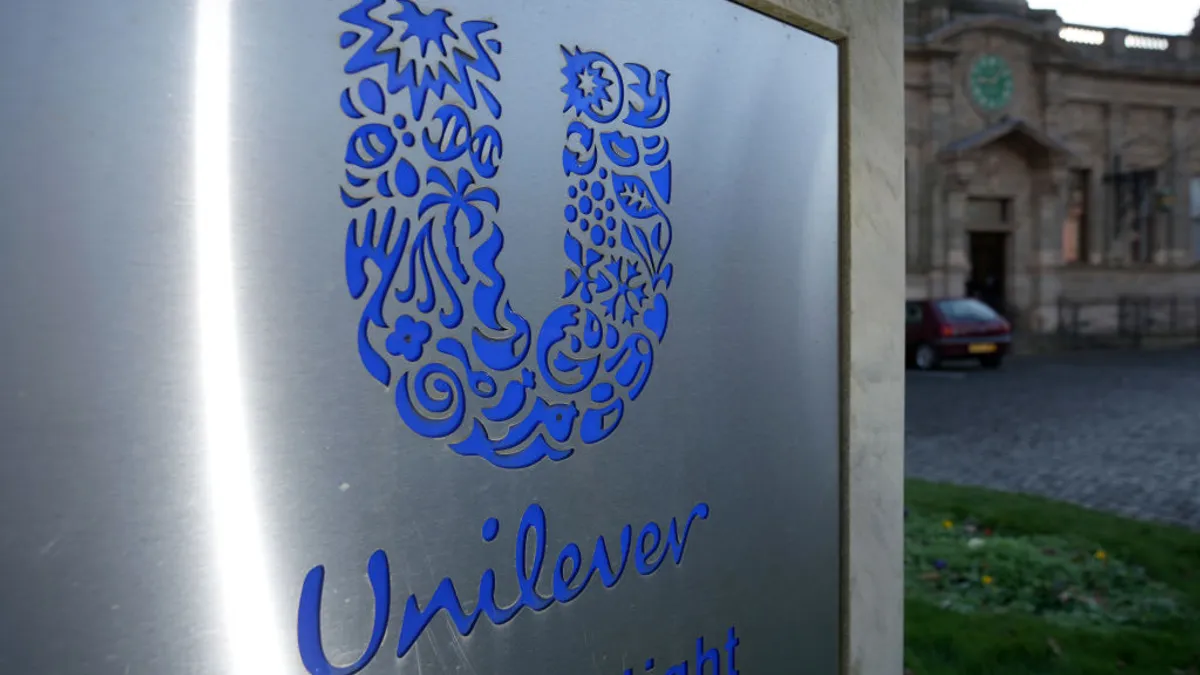The following is a guest piece by Gartner analysts Augie Ray and Chris Ross. Opinions are their own.
Was your business founded to restore or protect the environment? Probably not. Was your organization started to educate children or feed those who can’t feed themselves? Doubtful. Was your business started to ensure equity for marginalized groups? Guessing no.
Chances are your business began because the founder developed an innovative technology, offered a new product or service, established a creative business model or cracked the code on buy low and sell high. Saving whales, curing diseases, or tackling other social justice issues are rarely part of a business origin story. That’s why when brands bring issues of social justice into their marketing communications, so many face unexpected challenges and reputation issues.
Marketers face a great deal of pressure for their brands to be deeply engaged in social justice issues, and it's clear those of all shapes and sizes can make a very tangible difference. But how brands think about and engage in social justice issues can be complicated. Gartner studied how brand activities on social justice topics demonstrably impact consumer purchase behavior, and our findings urge marketers to be cautious and realistic about the potential brand impact of engaging on social and political issues.
Intrinsic vs. extrinsic
News headlines were recently dominated by Patagonia’s declaration that “Earth is now our only shareholder” and that founder Yvon Chouinard would be turning over his family’s company to contribute to the ongoing fight against climate change.
To consumers, many question whether a brand’s position on corporate social issues like sustainability represents an affirmation of its identity or merely an attempt to improve its image.
Patagonia’s bold move suggests an intrinsic motivation by the brand — one driven by a true desire to enact change — which raises customer trust, gains their attention and encourages consideration with some consumers. Other examples of actions by brands seemingly driven by intrinsic motivation include increased support for employee mental health that companies now offer or matching charity contributions for causes important to associates.
On the other hand, brands seen as acting with extrinsic motivation — that is, acting only to improve image or increase sales — can suffer damage to reputation, consideration, loyalty and perceptions of price fairness. Consumers indicate they are 10 times more likely to engage in anti-advocacy and boycotts if a brand is seen exploiting public sentiment or “greenwashing” to cultivate a surface-level image.
Bridging the gap
Marketers have often failed to respond to pressing societal issues in ways that meet consumers’ expectations. They frequently lean on the most common tools in their toolbox, such as messaging, donations to charitable organizations and participation in targeted events. Meanwhile, consumers believe brands must make real changes to their business policies and practices. As a result, lifting the brand’s voice prematurely, before real change is enacted within the organization, can raise, rather than diminish, its reputational risks.
Gartner research demonstrates some groups of consumers have changed their purchasing behavior over brands’ stands on social justice issues, but most have not. Although vocal consumers express the need for brands to engage, their political and social opinions don’t necessarily drive their purchase decisions. When asked to name brands that they have either started or stopped buying from based on its social justice activities, just 28% had either “buycotted” (supported) or boycotted (abandoned) a given brand.
That doesn’t mean these issues aren’t important, but how marketers approach these sensitive and contentious topics is vital. Buycotters who purchased brands for their social justice stands tended to cite brand advertising, donations and social media posts as their reason for buying. But boycotters noted political donations, company leader words and actions (both within and outside the scope of their job), and brand’s corporate and business policies as their reasons for dropping the brand. Simply put, brand messaging can provide a boost, but brand actions can also harm reputation and purchase intent.
This means that some of the greatest risk brands face is from what we call “friendly fire.” Marketers must avoid thinking of these issues in binary terms — that people who agree with our stand will support us, and those who disagree may abandon us. Brands face a third risk when raising their voice on contentious issues: People who agree with your stand may perceive you are leveraging the issue to improve your brand image without making a real difference. Friendly fire happens when people believe your message is out of sync with material actions.
Recommendations for CMOs
How can marketers navigate the uncertain waters of polarizing topics and disparate expectations from consumers, while furthering brand purpose and encouraging trust? We recommend three broad steps:
Marketers must protect the brand from risks
Marketers must realize that when faced with rising concerns for corporate social justice actions, their first job is not to raise the brand’s voice but to reduce the brand’s risk. This means auditing all corporate activities, not just traditional marketing efforts, to find where your brand, corporate, or leader activities conflict with the brands’ stand on sensitive issues. For example, customers and activists have called out brands for participating in Pride Week celebrations while financially supporting political candidates threatening marriage equality. Same with greenwashing, or brands touting how much they embrace sustainability while having supply chain, packaging or product practices that harm the environment. The entire organization must be aligned to its social justice position.
Marketers should prepare employees to represent brand values
Next, marketers must protect the brand by ensuring employees are armed with the knowledge of brand policies and their roles in reflecting those values. In any moment, a customer service rep or frontline employee can become your brand’s most visible representation of its commitment to social justice. Ensure that when these issues arise in your stores, locations and offices, every employee knows what is expected.
Marketers may bring social justice topics into their brand identity
Finally, once your brand commitment to its ideology is strong, consider the benefits and risks of lifting your brand’s voice on sensitive topics. Prepare for all responses — from supporters, detractors and those who feel your actions fall short of your words. Listen to customers to understand their expectations, but don’t simply cave to loud voices. To be seen as intrinsic, you must remain committed to your values. If you’ve done the hard work of putting actions behind your ideology and support for social justice issues, it’s appropriate, but not mandatory, to integrate those elements into your brand identity.
Closely watching the social justice landscape is no longer optional for brands. Whatever your involvement or ideology may be, it’s essential your brand has a thoughtful, considered strategy for your corporate social justice approach. Be real about your business’s role in social justice issues, your level of commitment, and ultimately your intentions before choosing to integrate these highly-charged elements into your brand identity. There are no absolutes or easy answers, but authenticity is everything.





















